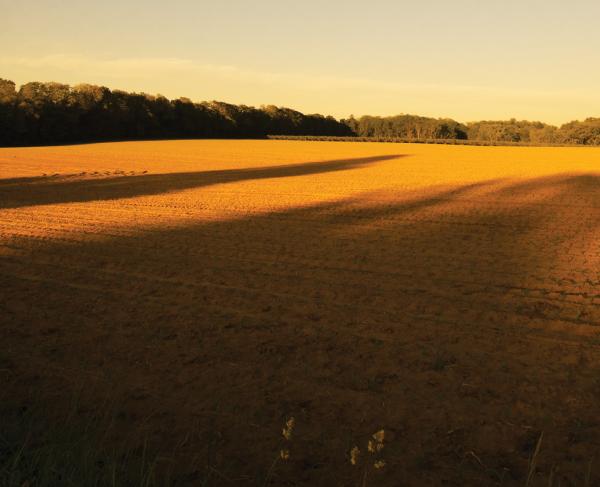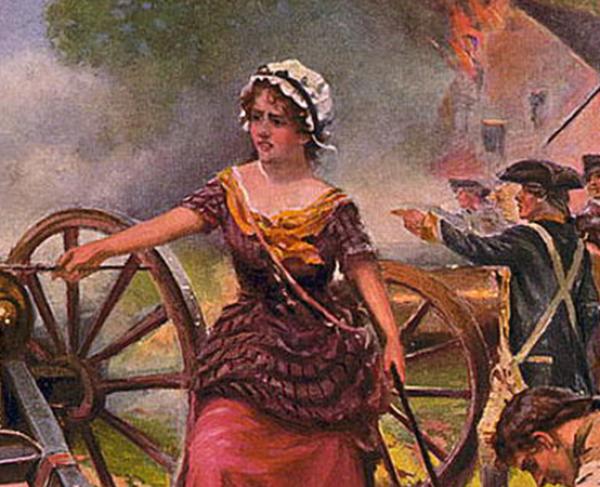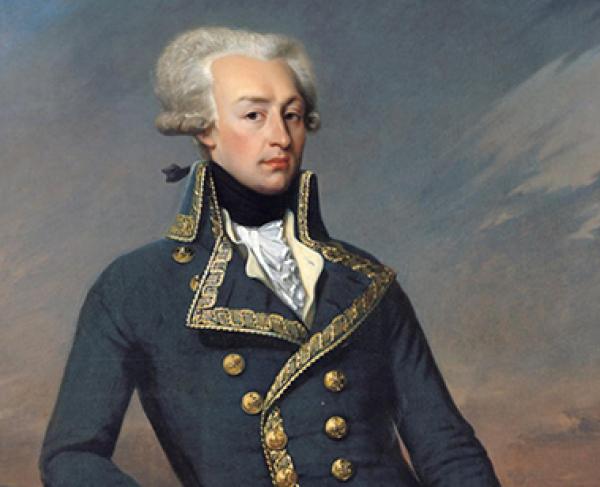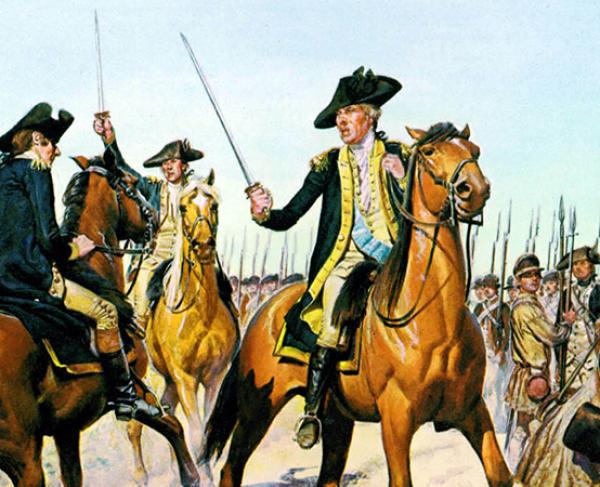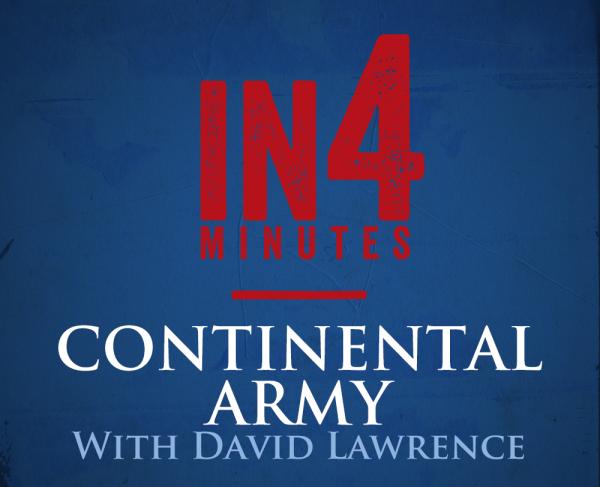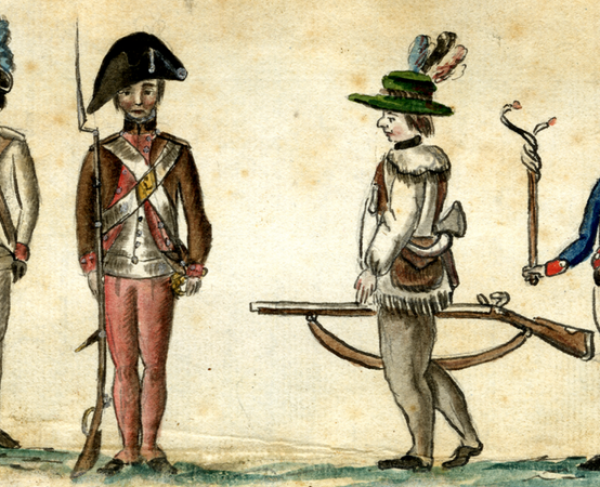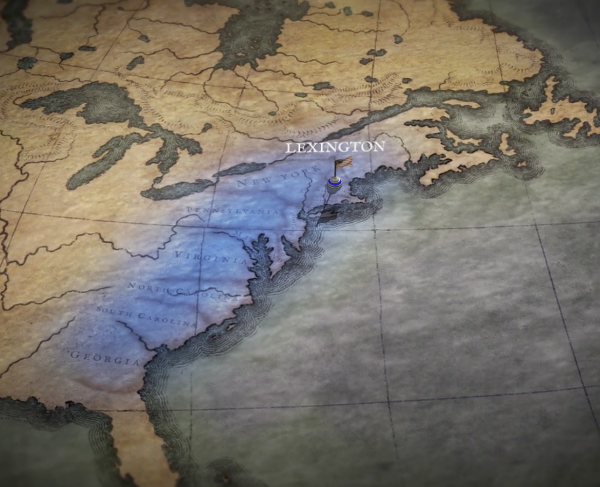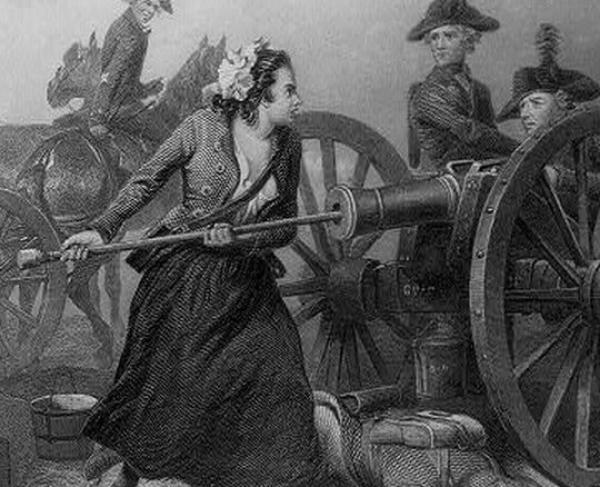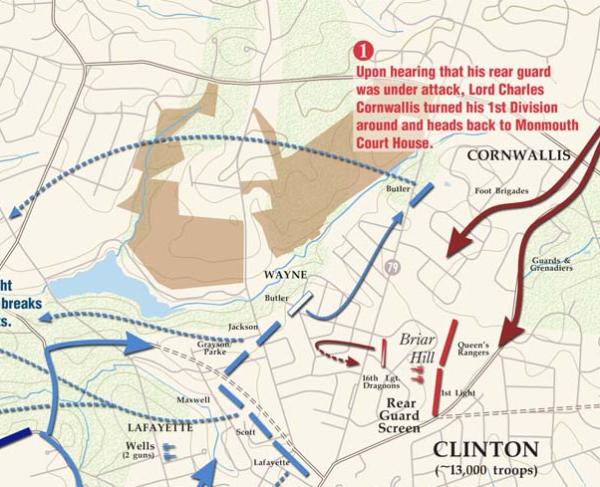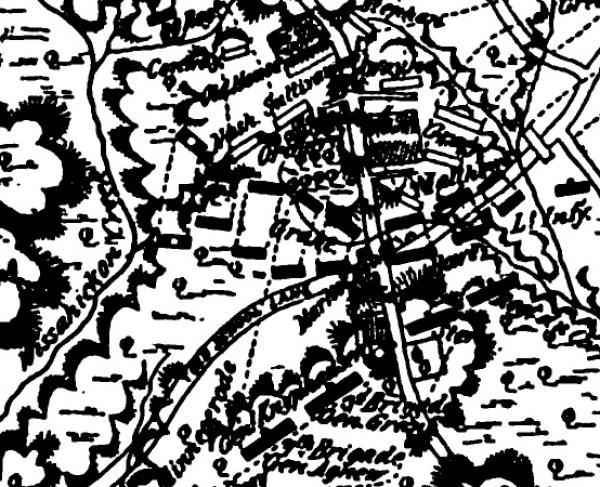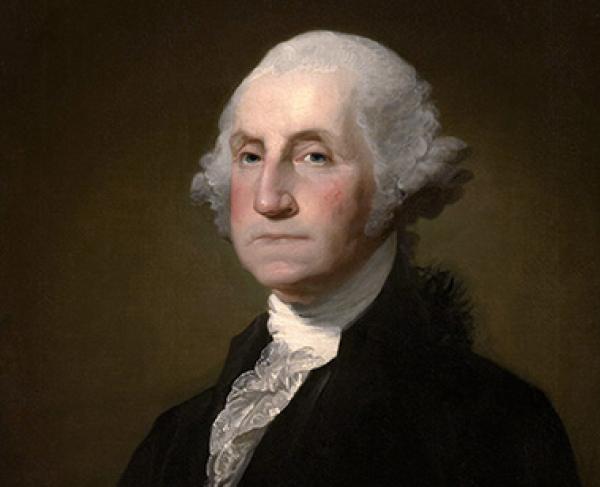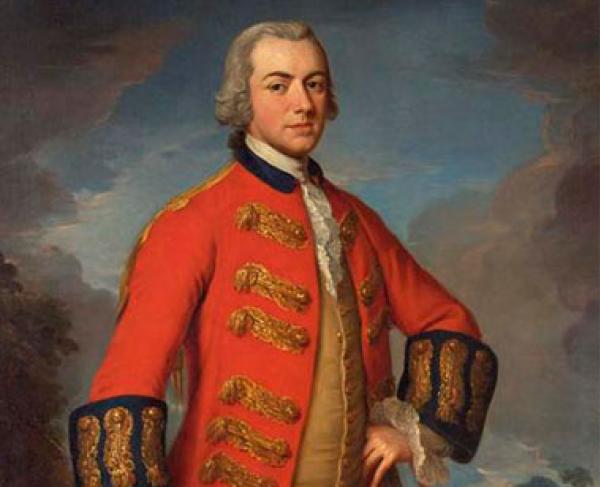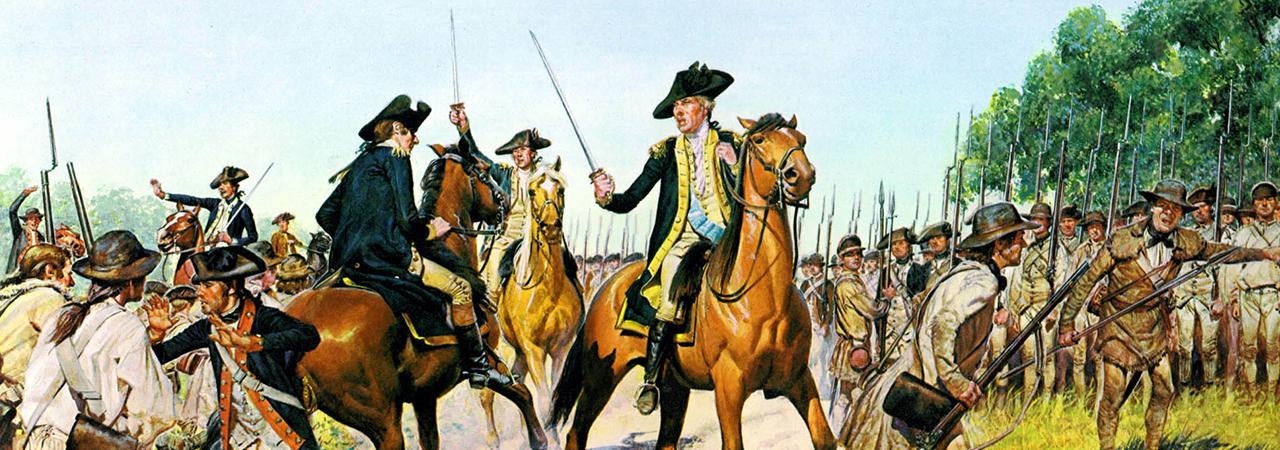
Monmouth
Monmouth Courthouse
New Jersey | Jun 28, 1778
On a hot and humid June 28, 1778, General George Washington and his subordinate, General Charles Lee, attacked rearguard elements of General Sir Henry Clinton’s British Army.
Although outnumbered two-to-one, the Continental Army had undergone extensive training in the art of war during its winter encampment at Valley Forge. Charles Lee, who launched the initial attack, lacked confidence in the ability of the soldiers under his command. In failing to press his advantage, Lee ceded the initiative to his British counterpart, General Charles Lord Cornwallis, who commanded the rear elements of Clinton’s army.
What began as a promising opportunity devolved into a potential disaster. As Washington approached the fighting, he encountered panic stricken troops fleeing the enemy. Enraged, he galloped ahead of his wing, In an angry confrontation on the field of battle, Washington removed Lee from command.
Rallying what troops he had, Washington continued the assault on the British. The commanding general’s delaying action gave time for the rest of the Continental Army to come up and join the battle.
Washington placed General Nathanael Greene’s division on the right and the division of General William Alexander, “Lord” Stirling, on the left. Lee’s men were turned over to the Marquis de Lafayette, who kept those troops in reserve. General “Mad” Anthony Wayne assumed command over other elements of Lee’s force and manned Lafayette’s front. Artillery was placed on both flanks, with the guns on the right positioned to rain enfilading fire on the British.
An American counterattack on the British right forced the Redcoats to fall back and reorganize. Cornwallis then led his men in attack on Greene’s division. Supported by artillery, Greene’s men stiffened their line and repulsed Cornwallis and his troops.
The fighting see-sawed back and forth under the brutal June sun for several hours. By 6:00 P.M., however, the British felt they had enough. While Wayne wanted to press the attack, Washington demurred, believing that his men were “beat out and with heat and fatigue.”
The British did not give Washington a chance to renew the fight in the morning, slipping away under the cover of darkness and resuming their withdrawal to New York City.
Monmouth: Featured Resources
All battles of the Philadelphia Campaign
Related Battles
5,400
10,000
325
381
